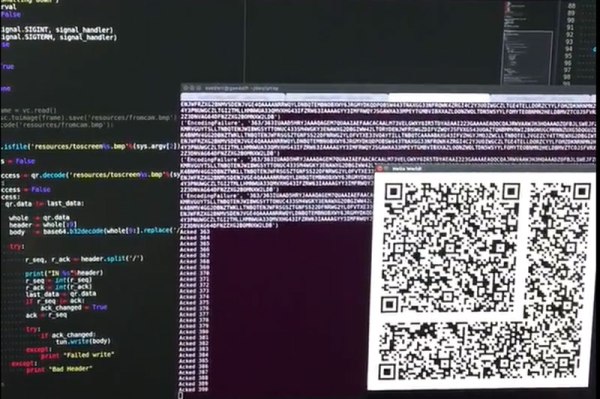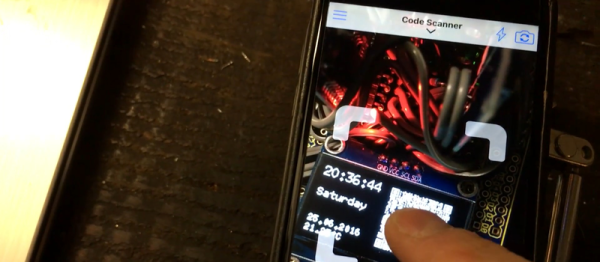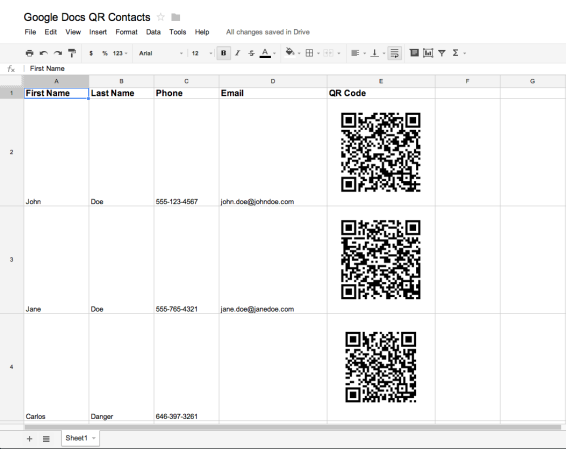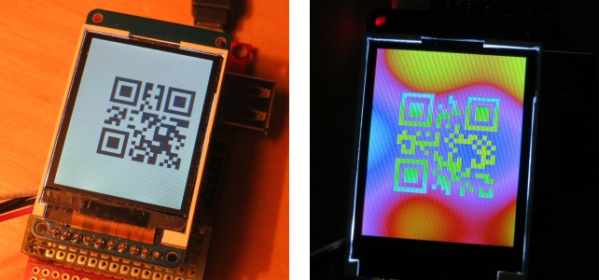Anytime you’re having more than a handful of people over to your place for a wild rager or LAN party (or both), you’ll generally need a way to make sure everyone can get their devices on the network. Normally, this would involve either putting your WiFi password into more phones than you can count or yelling your password across a crowded room. Neither of these options suited [NicoHood] and his partner, however, so he came up with another more secure solution to the WiFi-in-a-crowded-room problem.
He calls his project “guestwlan” and it’s set up to run on a Raspberry Pi with a touch screen. When a potential WiFi user approaches the Pi and requests access to the network, the Pi displays a QR code. Within that code is all of the information that the prospective device needs to connect to the network. For those who have already spotted the new security vulnerability that this creates, [NicoHood] has his guest WiFi on a separate local network just to make sure that even if someone nefarious can access the Internet, it would be more difficult for them to do anything damaging to his local network. As it stands, though, it’s a lot more secure than some other WiFi networks we’ve seen.
[NicoHood] also released his software on Git but it has been configured for use with Arch. He says that it would probably work in a Debian environment (which the Raspberry Pi-specific OS is based on) but this is currently untested. Feel free to give it a try and let us know how it goes.


















